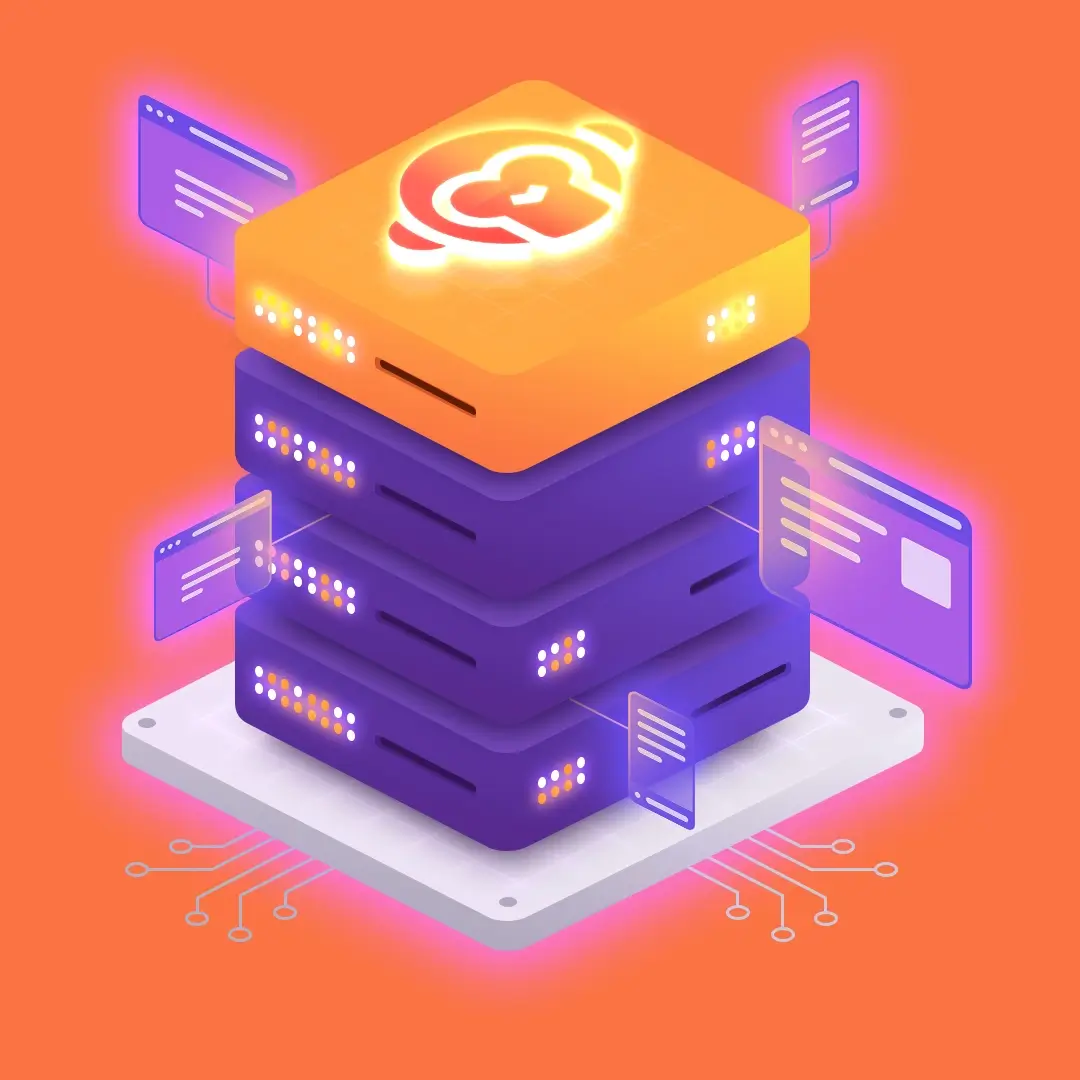Description
Grafana is a powerful open-source data visualization system that allows you to track and analyze performance metrics from various systems in real time. It is used to create dashboards with intuitive graphs and indicators that make it easy to analyze large volumes of data from different sources. Grafana can integrate with many monitoring systems, databases, and tools, such as Prometheus, InfluxDB, Graphite, and others.
Grafana features intuitive dashboards, allowing you to easily create graphs, tables, and other elements that display critical data for your business processes or systems. It supports various data sources, enabling you to connect different monitoring systems and databases for up-to-date information. Grafana also allows you to configure alerts to monitor key metrics and receive notifications when certain thresholds are exceeded. It offers flexibility and scalability, making it suitable for both small companies and large corporations, providing versatile data analysis capabilities.
Getting Started
1. Deploy a Grafana server through the Marketplace.
Log in to the newly created server via SSH. If you don’t know how to do this, refer to the instructions:
- Linux/MacOS - Connecting to VPS via SSH for Linux/MacOS
- Windows - Connecting to VPS via SSH from Windows
To log in, provide the password you set when creating the Grafana server, or use the SSH key. See: How to create an SSH key
2. Check the connection data.
After logging in to the server, you will see a message:
On the server, user credentials are stored in the file /root/password_credentials.To view your credentials for accessing Grafana, run the command:
cat /root/password_credentials.
This will display the username and administrator password for your Grafana:
- Grafana Username: admin
- Grafana Administrator Password: YourPassWord
These credentials will be needed to log into the Grafana dashboard.
3. Log in to Grafana.
Go to the Grafana web interface at the link where your site will open using the server’s IP address. For example https://11.22.33.44.
If you see a warning about the SSL certificate, it’s normal and can be safely ignored; just confirm to proceed.
You will see a login window for the Grafana panel:
Enter your username: admin.
Enter the administrator password, which can be found in the file /root/password_credentials.
After logging in, you will be prompted to change the administrator password. Choose a strong password to enhance the security of your site.
4. Grafana Panel.
After successfully logging into Grafana, you can start setting up dashboards and connecting data sources. You will see a window like this:
5. Initial Setup of Grafana.
Connecting Data Sources. Select the "Connections" menu and click "Data Sources." Choose the type of database or monitoring system you want to connect (e.g., Prometheus, MySQL, PostgreSQL, etc.). Enter the necessary connection parameters, such as server address, port, username, and password.
Creating Dashboards. In the menu, click "Dashboards," then "New Dashboard." Add various visualizations (graphs, histograms, panels) to display your data. Configure metrics, thresholds, axis labels, and other parameters to improve data analysis.
Setting Up Alerts. Grafana allows you to set up alerts that will send notifications when certain parameters reach threshold values. Select the metric, configure the conditions for triggering the alert, and specify the channel for receiving notifications (e.g., email, Slack, etc.).
Note: Please note that port 25, used for outgoing mail, is blocked by default. To open it, please contact our support service.
After configuring Grafana, you will be able to monitor your system's performance metrics in real time, receive alerts about issues, and respond promptly to potential failures. Don’t forget to secure your Grafana server by setting up server backups. For instructions on how to do this, see here - How to backup the server?
